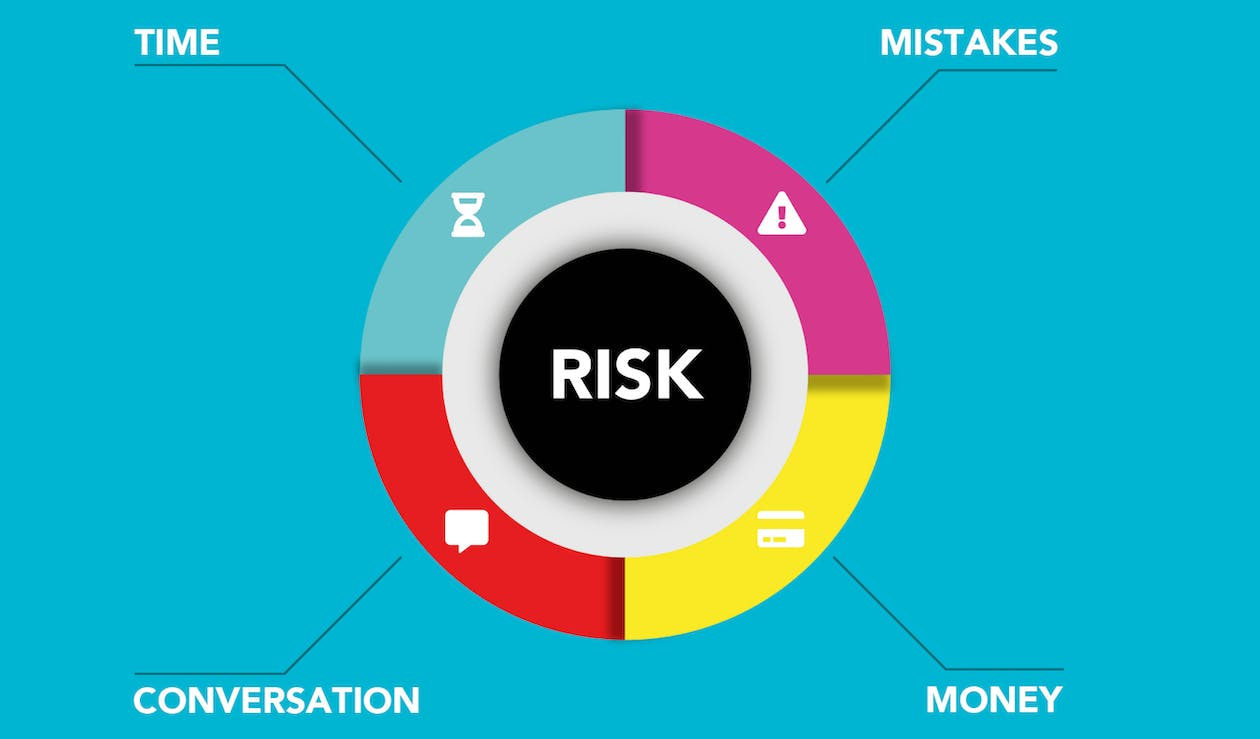There’s always a degree of risk involved in running a business, whether in terms of money, property, regulations, or security. Theft and natural catastrophes are two examples of risks that might be hard to prepare for. Take, for example, the effect of the COVID-19 pandemic and the resulting instability and possibly destruction of countless businesses around the globe.
Still, businesses should do what they can to lessen the effects of potential threats. The budgeting process, stakeholder engagement, and risk identification are all made easier with the use of risk management software.
In this piece, we’ll explore how companies can benefit from risk management software, its essential features, and how to choose the right one for your business.

What Is Risk Management?
In today’s economic world, it’s easy to identify potential dangers. Every news broadcast includes coverage of potential disasters, such as tumultuous stock markets, security breaches, and severe weather.
Statistics show that after a data breach or cyberattack, 60% of small businesses fail within 6 months. When it comes to your company’s future and financial stability, it’s important for businesses of any size to take precautions against potential threats.
Risk management relies in part on anticipating potential risks rather than reacting to them after the fact. Let’s look at user authentication, for example. A reliable risk management software solution uses machine learning and analytics to enable you to make better authentication decisions. By analyzing several risk signals, the software will allow you to gain a better understanding of user behavior and protect your company from bad actors. Finally, by making sure the right people get access to the right information, you not only keep your enterprise safe but also deliver a seamless employee experience.
Risk Management Software Features
The following features are often found in risk management software:
- Departments specified. Risk management software should be based on the risks associated with individual departments within a company.
- Detection of the issue at hand. Risk management software should be able to automate issue detection and prevent low, medium, and high risks.
- Follow-up. No matter how big a company is, its risk management software has to be able to monitor all operational events and enable KPI analysis through indicators, data repositories, intelligence reports, and so on. Additionally, it should aid in determining the root causes rather than merely the “symptoms.” Having an alerting system that is capable of identifying unusual or previously unseen occurrences and circumstances is a definite plus.
- Visualization. The software should make it easy to measure, map, and report on your enterprise risk data in a variety of formats (KPIs, visual dashboards, category reports, event indications, early warning systems, overviews or in-depth reports, scenario analyses, location intelligence, stocks, etc.). The data has to be structured in a way that makes it straightforward to read and organize.
- Integration with other software. The present technological ecosystem, such as compliance management software, should be compatible with the risk management software you choose.
- An easy-to-use interface. The aforementioned capabilities should be accessible through a straightforward user interface that allows for rapid data retrieval and adaptation to each department’s requirements.
Choosing the Best Business Risk Management Software
To choose the best risk management software for your needs, you need to follow these steps:
Start Digging for Answers
Identify who will be using the software and what their expectations are, as well as the issues that the system aims to prevent and resolve. Determine the scope of the software’s deployment and its compatibility with other programs. Assess the potential for future development. Establish the criteria for measuring success.
Take the Price Into Account
Obviously, financial constraints will play a role in determining the most cost-efficient software for your business. Improved risk management will undoubtedly result in cost savings, which must be taken into account.
Perform Research
Start by soliciting advice from your IT staff or a consultant, and then expand your search to include the advice of other businesses and online resources. Make sure to request demonstrations of any promising risk management software solutions.
Benefits of Risk Management Software
The first thing you’ll get is an accurate picture of the risks your company faces, particularly when it carries out certain tasks or offers certain services.
You can also enhance your capacity to make well-informed decisions after considering a number of relevant issues and setting reasonable expectations for consumers and other stakeholders.
You can save money on things like penalties for non-compliance that result from poorly managed risks by using risk management software. Moreover, by structuring operations around risk management, you can boost productivity and revenue alike.

Final Thoughts
Any company, regardless of size or sector, must prioritize risk management. That’s why it’s crucial to choose risk management software that works for your company and your budget if you want to keep it safe. Find out what your options are and choose the best one.
















